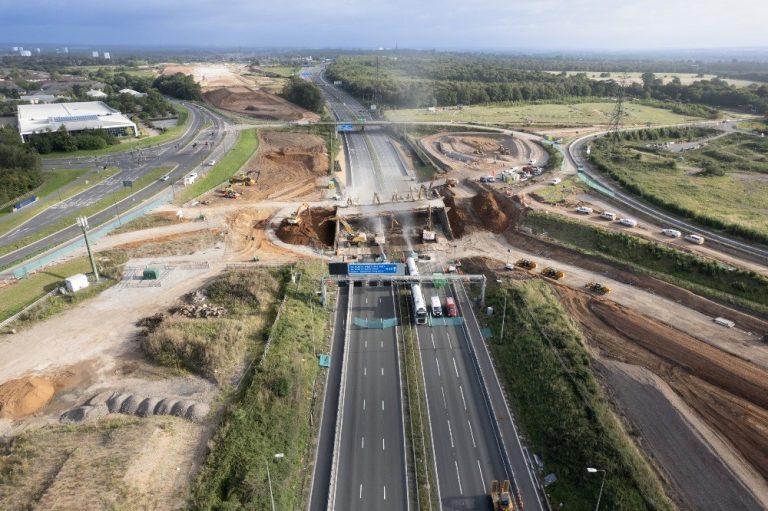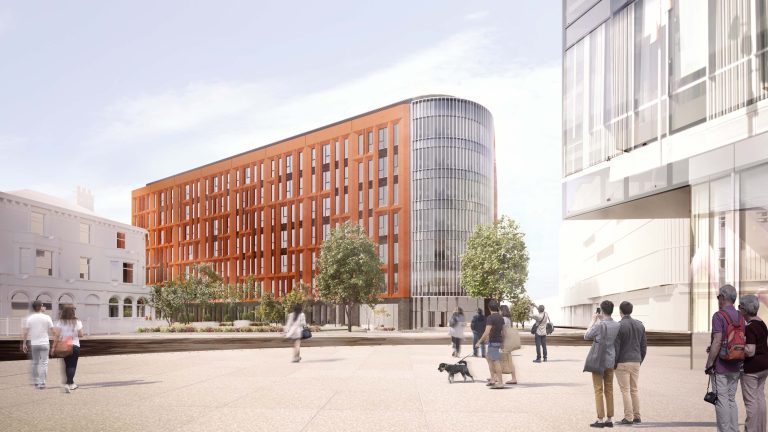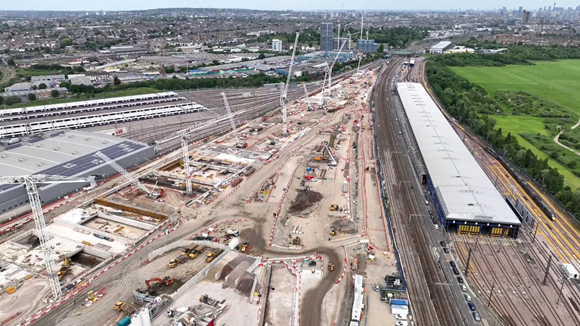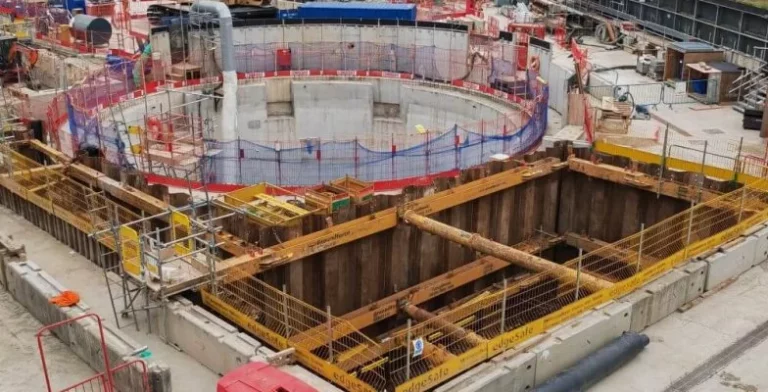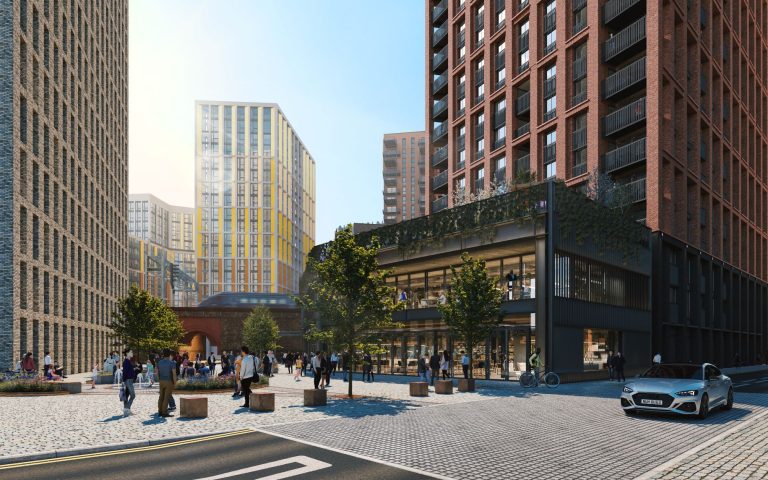Deepki, the world-leading ESG platform for real estate, today announced its acquisition of Nooco, the French SaaS company created by VINCI Energies that measures and optimizes the carbon footprint of building construction and renovation projects. This strategic acquisition will allow Deepki, the leading ESG data intelligence platform for real estate companies transitioning to zero carbon, to strengthen its offer by addressing the entire building life-cycle, including the initial stages. Founded in 2014, Deepki’s SaaS platform helps commercial real estate investors, owners and managers improve the ESG performance of their real estate assets, and in the process enhance their value. In March 2022, Deepki announced fundraising of €150 million, further consolidating its position as a global leader, and allowing it to make strategic acquisitions of both direct competitors and companies developing complementary solutions to Deepki’s own Deepki Ready, as is the case with Nooco. Nooco is a French SaaS company, which specializes in measuring the carbon footprint of construction projects (new projects, rehabilitation, renovation, operations, maintenance, and end-of-life). Created with an intrapreneurial approach, Nooco benefited from the support of Leonard, the VINCI foresight and innovation platform, during its three years of incubation. During this time, Nooco has become an established industry standard. Nooco’s platform quickly and reliably calculates carbon emissions, which is essential in the context of the French RE2020 regulation, which aims to reduce the contribution of buildings to climate change. Currently, Nooco assimilates the carbon impact data of 3650 types of technical equipment and materials, allowing its users to compare their respective impact and calculate the overall carbon footprint of their construction or renovation projects. Thanks to Nooco, fast access to reliable data allows companies to actively choose low-carbon products, evaluate alternative designs, and measure the impact of a reuse solution. Nooco’s 100-strong customer base is made up of manufacturers, design engineers and architecture firms, prime contractors, and building services, including Nexity, VINCI Energies, Elan, AIA Life Designers, Setec Bâtiment, Léon Grosse, Bouygues Energies et Services, and Eiffage Energies. This strategic acquisition enables Deepki, historically focused on the use phase of existing buildings, to broaden the scope of its impact to include new buildings and to increase the breadth of its offer, covering the entire life-cycle of the building (scopes 1, 2 and 3, and in particular “embodied carbon”). It will also accelerate the development of Nooco, which is committed to increasing the recognition of CO₂ as an industry KPI, taking into account all potential sources of carbon emissions. Vincent Bryant and Emmanuel Blanchet, co-founders of Deepki, state: “Nooco is a highly advanced technology company that has become a true benchmark in the construction and renovation industry. Its offer is complementary to ours, and will enable us to expand our expertise to include the measurement of scope 3 emissions within the real estate industry – which is responsible for 36% of energy consumption and 37% of greenhouse gas emissions worldwide.” Guillaume Jarlot, founder of Nooco, comments: “The Nooco team is delighted to join Deepki to further develop our offer as a leading platform for the decarbonization of the entire industry. As part of the Deepki group, Nooco aims to strengthen its position as a trusted partner to the French and, in 2024, European markets. Our sole objective: to support the industry’s organic transition by equipping decision-makers and end-users with the means to autonomously tackle the CO₂ challenges they face in their construction and renovation projects.” Olivier Genelot, managing director of the Île-de-France Building Solutions Division at VINCI Energies, adds: “We created Nooco to quickly calculate the carbon footprint of different projects. By handing it over to Deepki, we are allowing it to continue its development. We trust them to efficiently evaluate the impact of our decarbonization initiatives through the use of construction alternatives, low carbon products and reuse solutions.” Building, Design & Construction Magazine | The Choice of Industry Professionals
